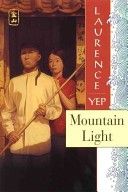
Swept up in one of the local rebellions against the Manchus in China, nineteen-year-old Squeaky loses his home and travels to America to seek his fortune among the gold fields of California. Sequel to “The Serpent’s Children.”
Materials from United States of America

Swept up in one of the local rebellions against the Manchus in China, nineteen-year-old Squeaky loses his home and travels to America to seek his fortune among the gold fields of California. Sequel to “The Serpent’s Children.”
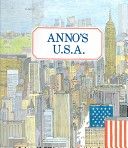
In wordless panoramas, Anno travels through history in his search for things American.
Are the stars out tonight?
If they are, chances are you’ll be able to spot the Big Dipper. The Big Dipper is one of the easiest constellations to recognize and this Let’s-Read-and-Find-Out Science book will help young stargazers find it, and it’s companion, the Little Dipper. And once you’ve begun to learn about the constellations, well, the sky’s the limit!
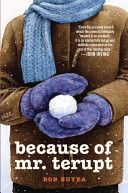
It’s the start of fifth grade for seven kids at Snow Hill School. There’s . . . Jessica, the new girl, smart and perceptive, who’s having a hard time fitting in; Alexia, a bully, your friend one second, your enemy the next; Peter, class prankster and troublemaker; Luke, the brain; Danielle, who never stands up for herself; shy Anna, whose home situation makes her an outcast; and Jeffrey, who hates school. Only Mr. Terupt, their new and energetic teacher, seems to know how to deal with them all. He makes the classroom a fun place, even if he doesn’t let them get away with much . . . until the snowy winter day when an accident changes everything—and everyone.
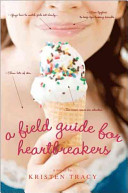
Best friends Dessy and Veronica arrive in Europe with wildly different plans. Dessy hopes to heal her newly broken heart by diving into the creative writing workshop that brought the girls to Prague. Veronica’s plan, meanwhile, is to conquer as many hot-dudes as possible in one month–and help Dessy recycle her heart in the process. Her method: Dress like you are the party. Explore the terrain. (Moderate stalking is totally allowed.) Be adventurous. And that means being prepared to hide in your suitcase. Ask questions that make your hot-dude feel smart. Gloss early, gloss often, and bring bum. Because a kiss can happen when you least expect it!At first, Veronica’s plan is working so well that Dessy thinks she might be a love genius. But soon it’s clear that Operation Maneater has a few holes. Like its failure to anticipate crazy mixed signals–and worse, its mysterious tendency to plague a friendship with secrets and lies. Well, no one ever said breaking hearts was a simple craft.
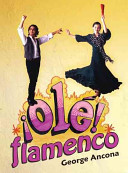
“Photo-essay about Flamenco, a southern Spanish art form that incorporates song, dance, and music, tracing its cultural history and focusing on a contemporary young girl and her brother as they learn the traditional style of movement and instrument playing. Includes a glossary/pronunciation guide and author’s sources”–Provided by publisher.
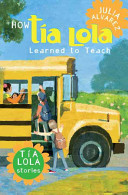
Juanita and Miguel’s great aunt, Tía Lola, comes from the Dominican Republic to help take care of them after their parents divorce, and soon she is so involved in their small Vermont community that when her visa expires, the whole town turns out to support her.
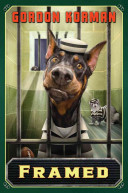
Griffin Bing’s new principal doesn’t like him. And Griffin doesn’t like the boot camp football atmosphere the new principal has brought. Griffin manages to stay out of trouble — until a Super Bowl ring disappears from the school’s display case, with Griffin’s retainer left in its place. Griffin has been framed! Unfortunately, the Man doesn’t have a Plan – and everything his team tries to find out who really took the ring backfires. Griffin ends up in an alternate school, then under house arrest, and finally with an electronic anklet – with no way to prove his innocence! Griffin smells a rat – but will he be able to solve the mystery in time?
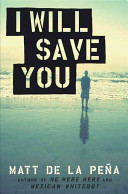
Seventeen-year-old Kidd Ellison runs away to work for the summer at a beach campsite in California where his hard work and good looks lead to friendship and love but painful past memories surface in menacing ways.